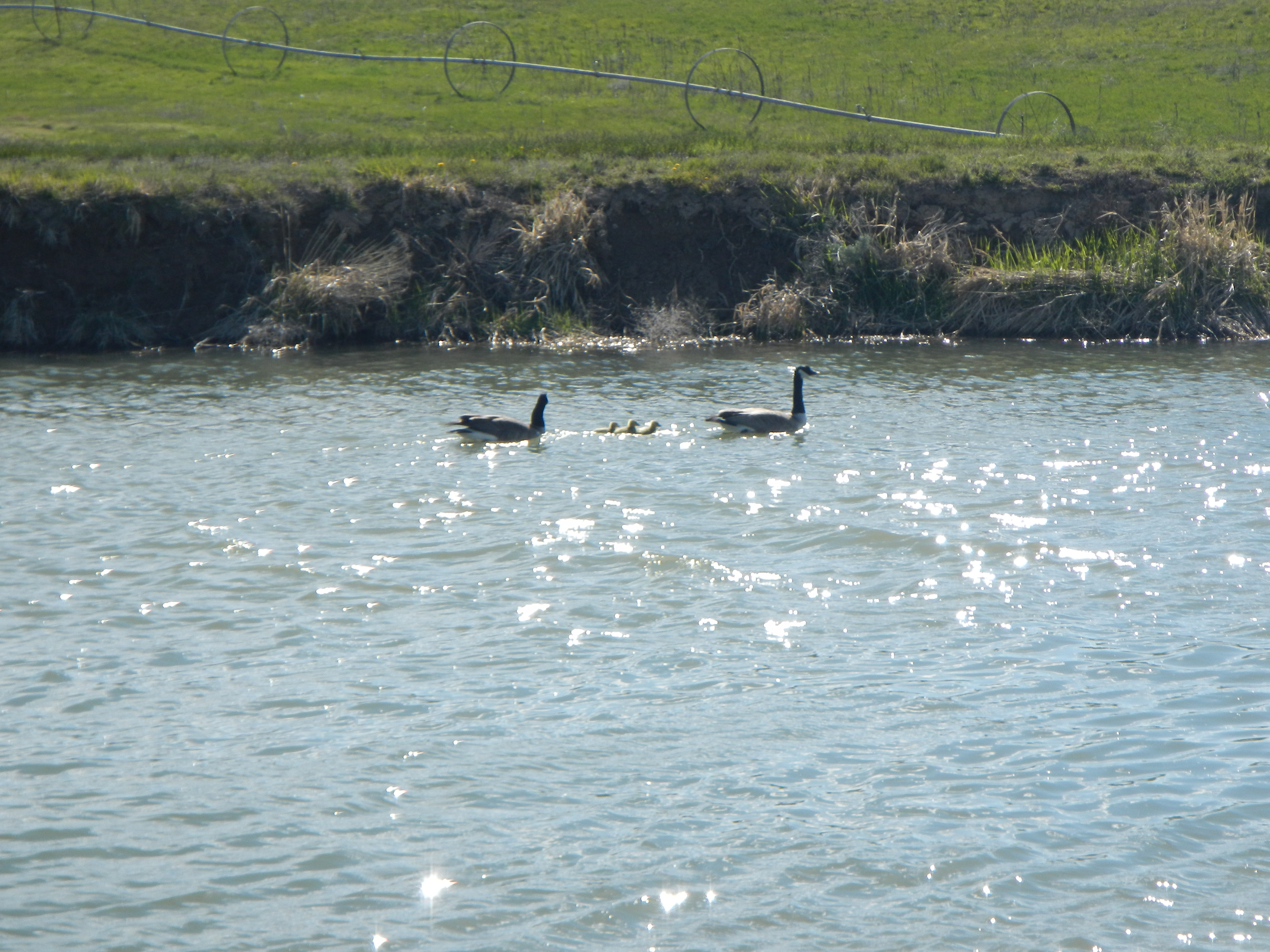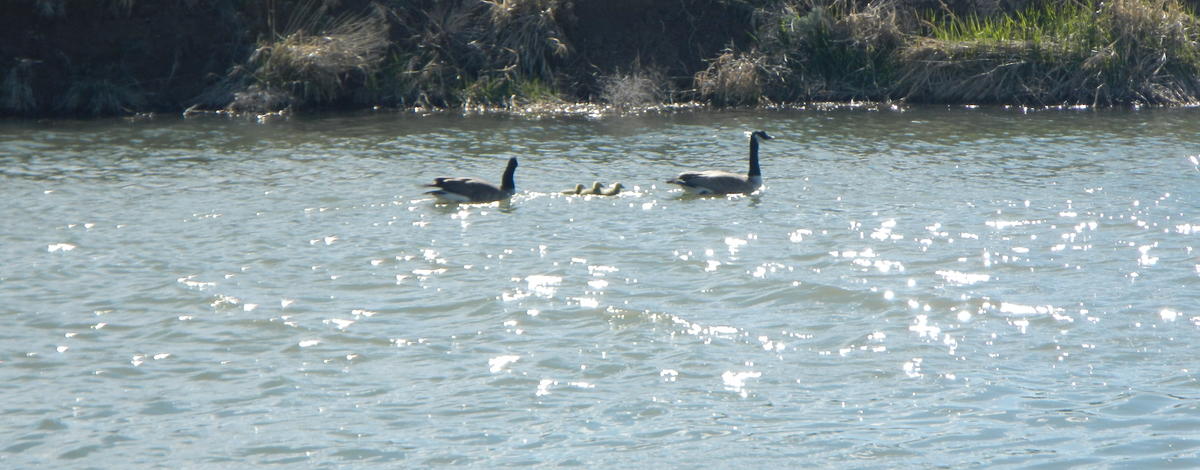 By Steve Ross
By Steve Ross
Spring is upon us in the Magic Valley. Slowly but surely we are seeing the snow melt away from the hills and the temperatures rising on those lighted signs outside of the bank. It is that time of year when Idahoans start getting excited to be outside again, taking in all that our great state has to offer.
In the wildlife world, spring is a time of plenty when food and water is abundant. Most animals take advantage of this resource abundance to raise their young and before too long the next generation will be born. With an increasing number of people spending time outside, and a boost to the number of animals on the landscape, it is inevitable that their paths will cross.
Most Idahoans take great pride in the natural world that lives just outside their doors, and when they come across some of these young or injured animals, they want to help. However, it is important to understand that this is a more complicated matter than one thinks.
When young ungulates like deer, elk and pronghorn are born, they are often easy prey for predators. The young animals can’t escape danger like their parents and use other methods to try and survive these encounters. The young animals will often lay flat and still in the terrain hoping to evade detection while the parent runs away acting as a diversion. When the danger subsides, the adult will return to the young and continue giving care.
If you find a young animal in a situation like this, it is important that you do not approach and do not touch the wildlife. Interference with the young animal may result in its demise. Situations like these may be dangerous for people as well. In the case of other animals like bear, moose or even birds of prey, the adults are known to be very defensive of their young and approaching the wildlife could spell serious injury or death for curious people. In all cases when you find a young animal, it is best to keep a safe distance and leave them where they are.
More often than big game, people will encounter animals like young birds, squirrels, raccoons and foxes around their homes. Similar to the larger animals, a parent is often nearby the smaller wildlife and human contact could prove fatal for them. It is also important to understand that most of these animals are either protected by law, or are considered invasive or predatory species.
This means most of these animals are illegal to have, and others require special permitting to take. Further regulation prohibits the release of some of these animals back into the wild after they have been taken in, even if they were picked up for rehabilitation purposes.
These rules also extend to the Idaho Fish and Game meaning we are not able to rehabilitate and release most of these animals either. In these situations it is best to leave the young wildlife where they are found and call the local Idaho Fish and Game office if you have any questions.
When do they need help?
There are definitely times when wildlife could use a hand. Life is hard for animals living in the outdoors and they sometimes find themselves in situations that warrant a rescue before they hurt themselves and other people. If you see large wildlife roaming in town, stuck in a fence or young animals with an injured adult near roadways please call your local Idaho Fish and Game office. In these situations we are often able to provide assistance to both the public and the wildlife by safely relocating them.
Have a happy spring Idaho!

